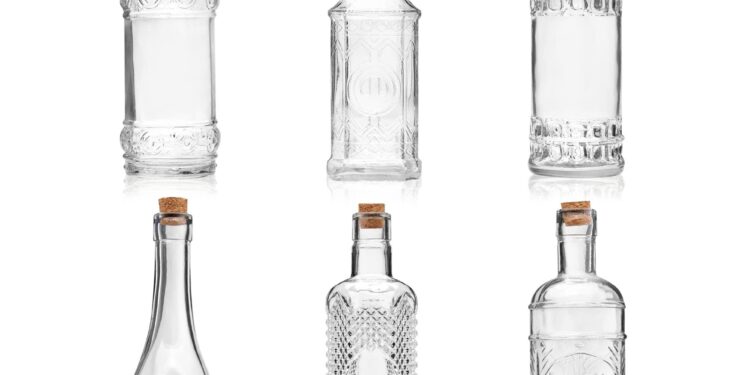Title: Renewing Heritage: Advanced Cleaning Techniques for Reusable Bottles in Yaoundé’s Food Packaging Sector
In the vibrant cityscape of Yaoundé, Cameroon, a notable shift is underway within the traditional food packaging industry. Increasingly, local vendors are adopting reusable bottles for beverages and other consumables—a practice that honors the city’s deep-rooted culinary traditions while addressing urgent environmental concerns linked to plastic pollution. Yet, this sustainable approach brings forth a critical challenge: maintaining rigorous cleaning standards to prevent biofilm buildup that threatens food safety and public health. This article examines prevalent cleaning methodologies employed by Yaoundé’s food vendors and evaluates their success in combating microbial contamination. By exploring this blend of cultural preservation, ecological mindfulness, and health protection, we reveal how Yaoundé is setting an example for greener urban food systems.
Embracing Sustainable Cleaning Methods for Reusable Containers in Yaoundé’s Food Industry
The surge toward environmentally conscious cleaning practices within Yaoundé’s bustling food markets reflects heightened awareness about both sustainability and hygiene. Historically, reusing bottles has been commonplace; however, concerns over microbial contamination—especially biofilms—have driven stakeholders to seek safer sanitation techniques. Natural disinfectants such as apple cider vinegar, baking soda, and lemon juice (citric acid) have gained popularity due to their antimicrobial qualities combined with minimal ecological footprint.
Recent research underscores these organic agents’ potential effectiveness against resilient biofilms commonly found on reused containers. While conventional chemical detergents remain widespread due to their strong disinfectant properties, many vendors are transitioning toward these greener alternatives as part of a broader commitment to environmental stewardship without compromising consumer safety.
Evaluating Cleaning Technologies to Combat Biofilm Formation on Reused Bottles
Ensuring thorough sanitation of reusable bottles is essential for safeguarding consumers from harmful pathogens embedded within biofilms—a persistent issue in traditional packaging systems across urban centers like Yaoundé. Various cleaning technologies have been trialed locally with differing mechanisms:
- Chemical Disinfectants: Powerful agents capable of penetrating dense microbial layers.
- Mechanical Scrubbing & High-Pressure Water Jets: Physical removal methods that disrupt bacterial colonies.
- Ultrasonic Cleaning Devices: Utilize high-frequency sound waves creating cavitation bubbles that dislodge stubborn residues.
- Naturally Derived Solutions: Employ plant-based acids or alkaline substances favored by eco-conscious users.
Comparative studies conducted within local markets reveal varying degrees of success among these approaches regarding biofilm eradication rates:
| Cleaning Methodology | % Biofilm Removal Efficiency | |||||||||||
|---|---|---|---|---|---|---|---|---|---|---|---|---|
| Chemical Disinfectants | 85% | |||||||||||
| Mechanical & High-Pressure Systems | 75% | |||||||||||
| Ultrasonic Cleaners | 70% < / tr > | |||||||||||
| Natural Eco-Friendly Agents< / td > | 60%< / td > < / tr > < / tbody > < / table > These findings emphasize not only the importance of selecting appropriate sanitation methods but also highlight ongoing needs for routine quality control measures to uphold public health standards amid growing market activity. Optimal Strategies for Maintaining Food Safety Through Enhanced Bottle Sanitation PracticesTo effectively reduce risks associated with contaminated reusable containers—especially those used repeatedly across busy urban environments—it is crucial that standardized protocols be adopted widely among vendors. Key recommended practices include:
|















